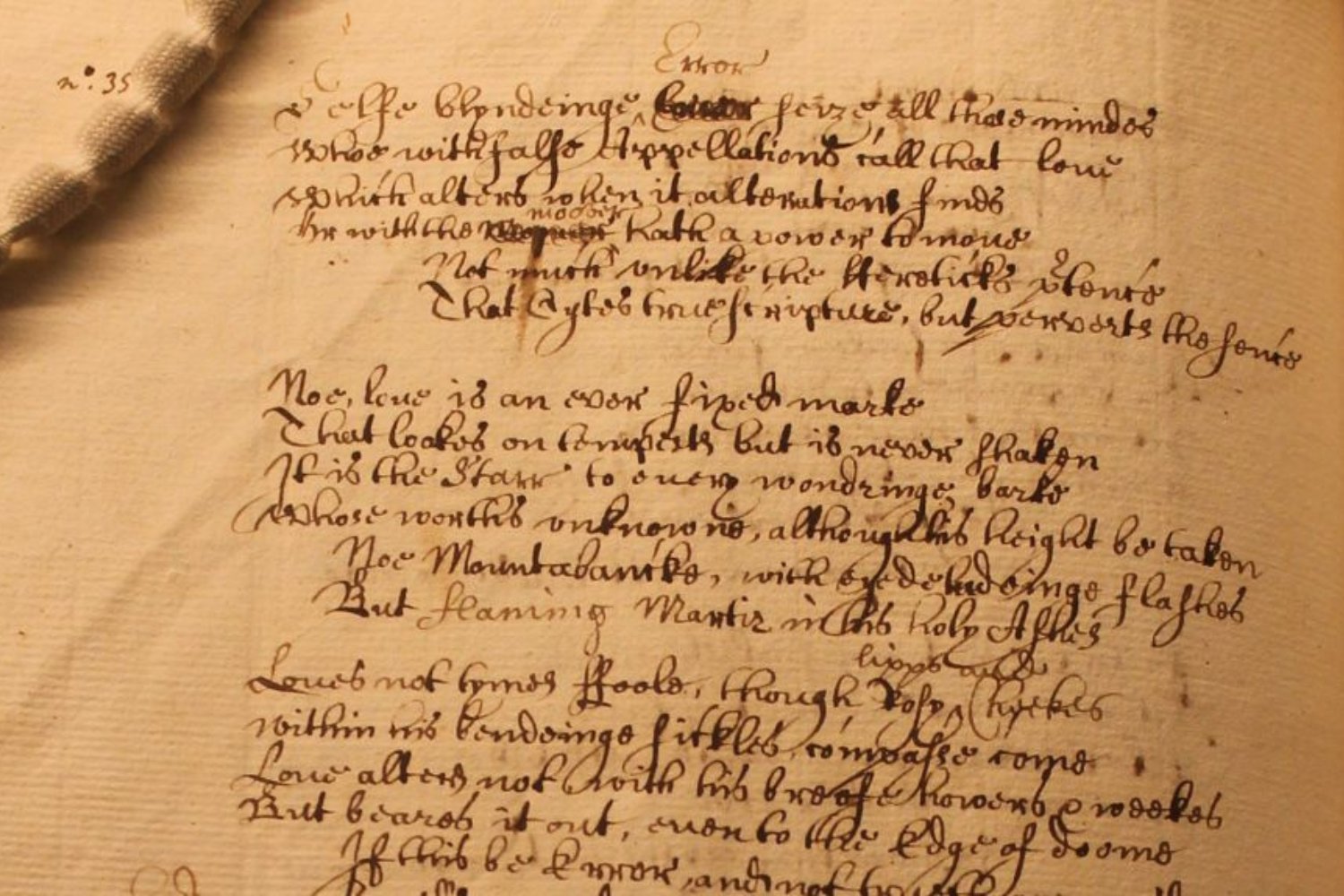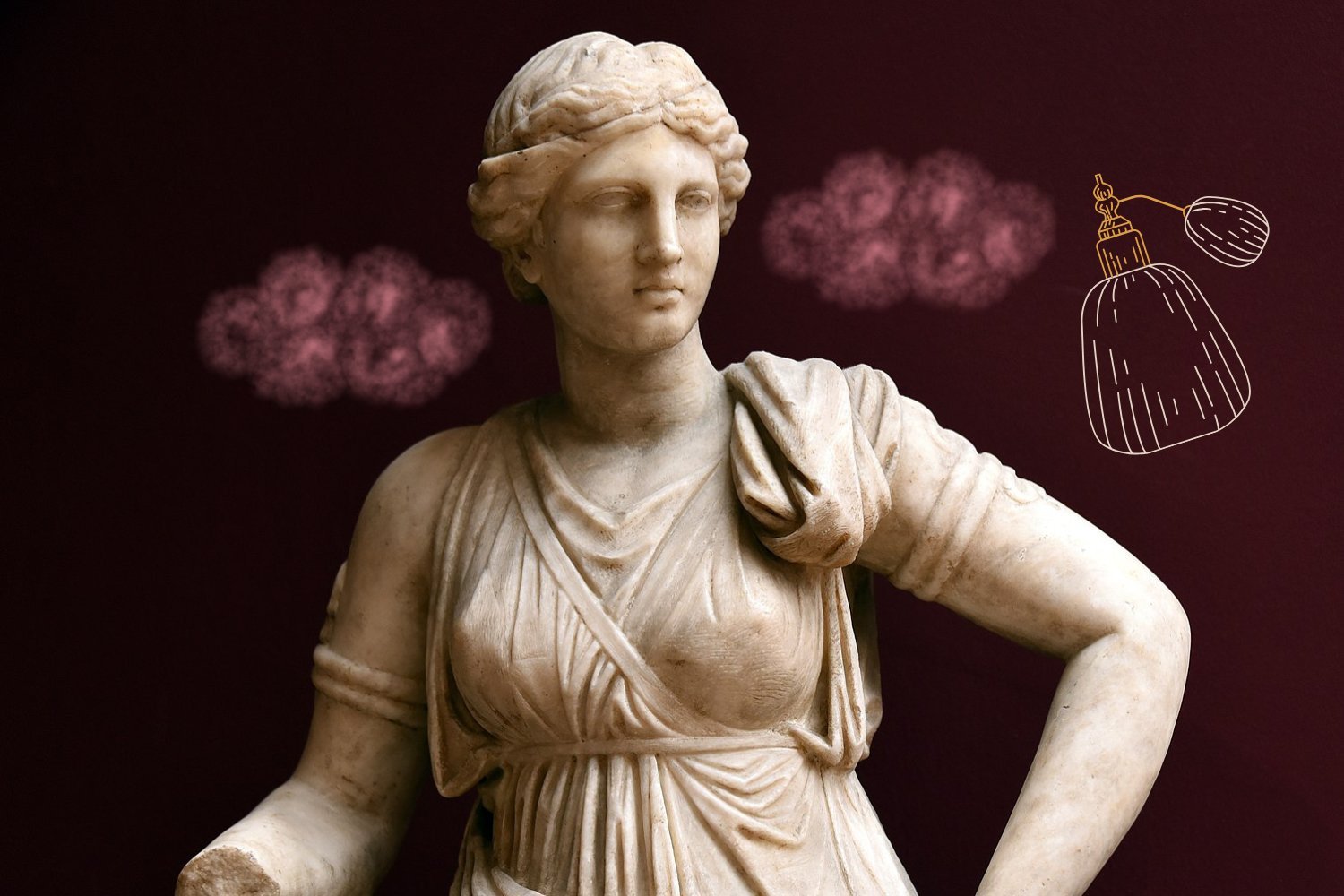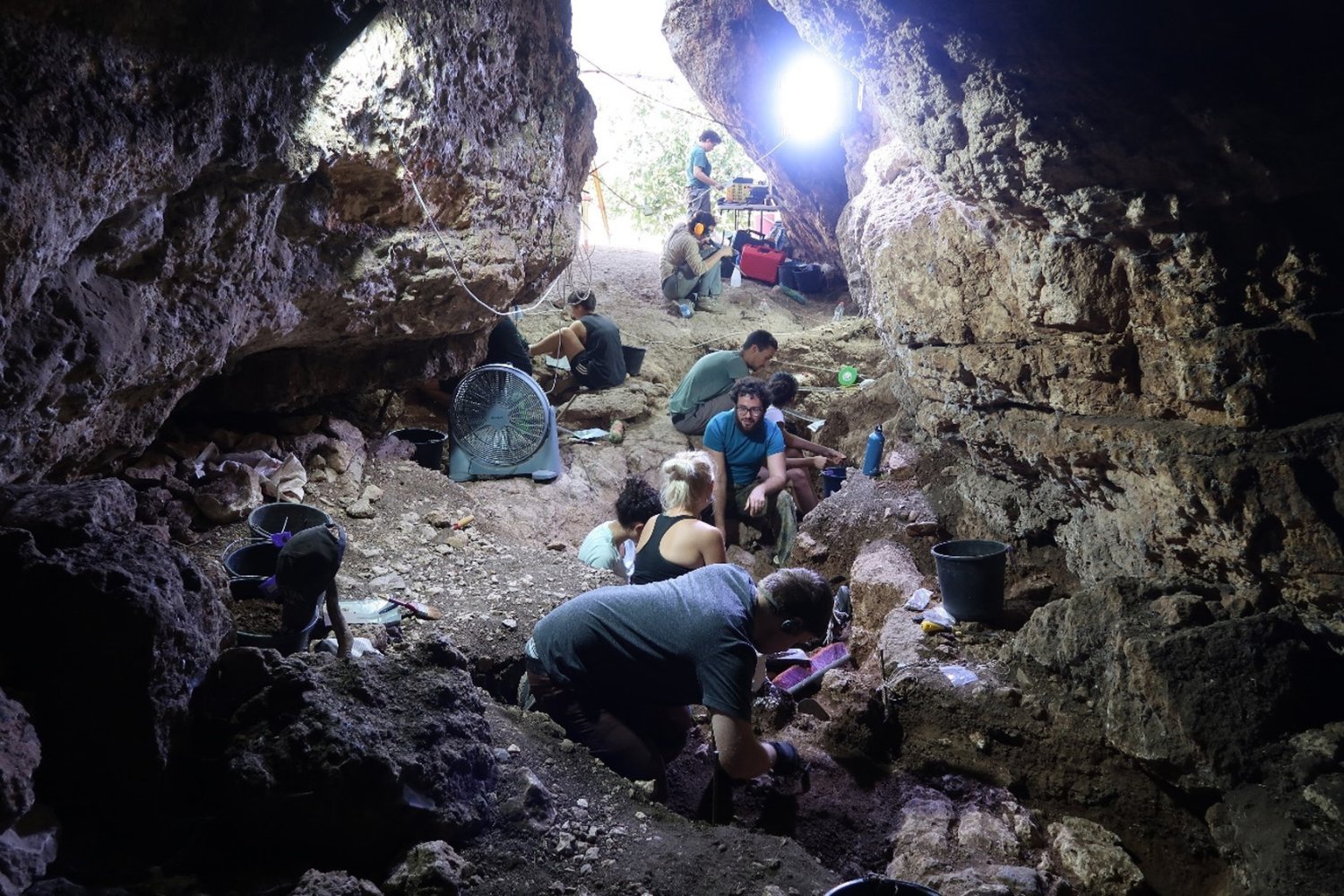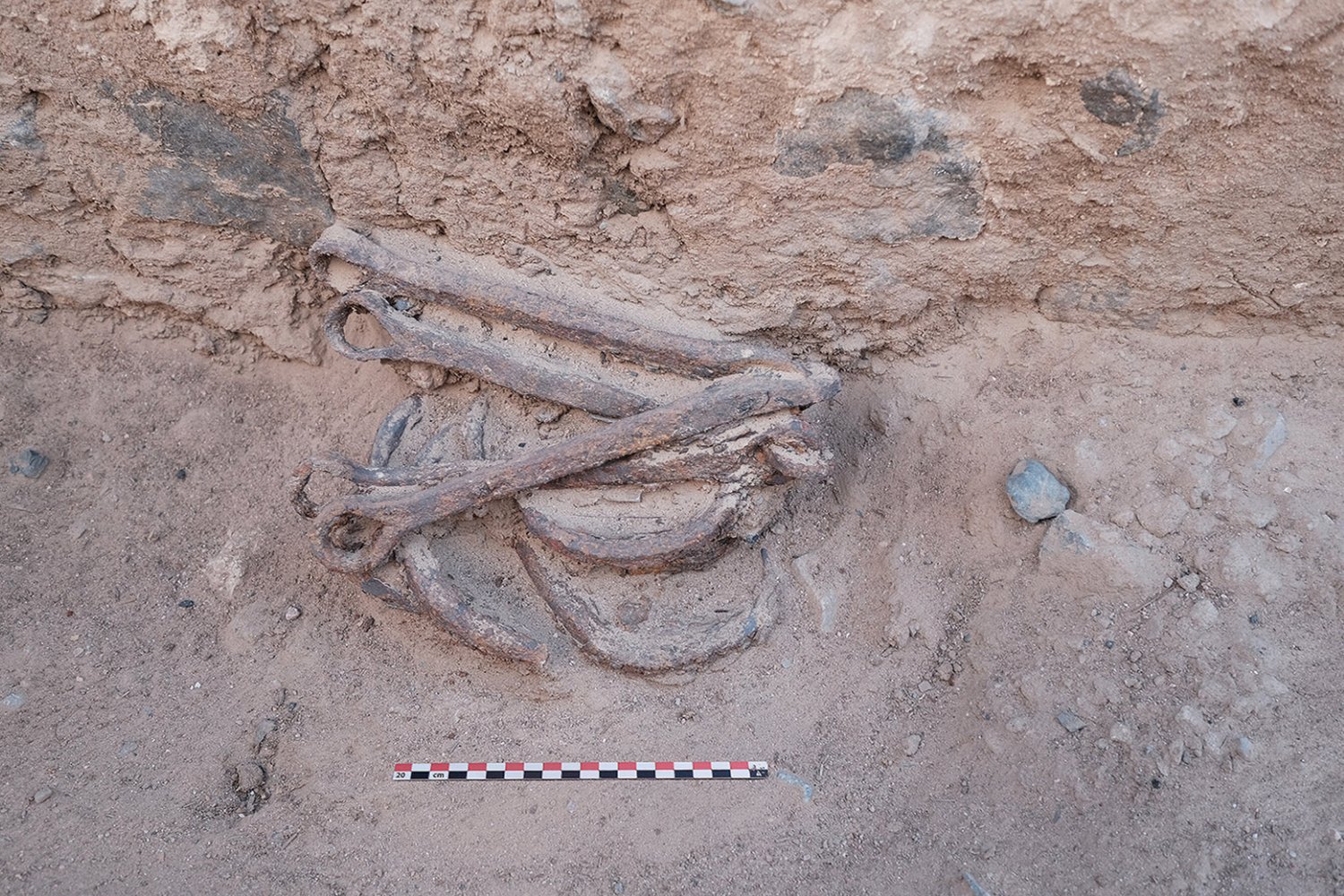An English professor at Oxford University has uncovered a rare, handwritten copy of a musical adaptation of Shakespeare’s Sonnet 116. This remarkable find, tucked away within a 17th-century manuscript, offers new insights into the sonnet’s reception and the political climate of the English Civil War era.
Professor Leah Veronese stumbled upon the sonnet while researching at the Bodleian Library. The poem was part of a miscellaneous collection compiled by Elias Ashmole, founder of the Ashmolean Museum. While initially appearing unremarkable, closer inspection revealed its connection to Shakespeare’s famous work. This discovery marks only the second known handwritten copy of Sonnet 116.
A Hidden Gem in Plain Sight
The sonnet’s adaptation, set to music by 17th-century composer Henry Lawes, went unnoticed for centuries. Veronese notes that the manuscript’s 19th-century cataloguer, William Henry Black, likely missed its Shakespearean origins. The adaptation’s unique opening line and the catalog’s vague description contributed to its obscurity.
The original Sonnet 116 begins:
Let me not to the marriage of true minds
Admit impediments; love is not love
Which alters when it alteration finds
However, the newly discovered version opens with:
Self blinding error seize all those minds Who with false appellations call that love Which alters when it alterations finds
This key difference, combined with the lack of Shakespeare’s name in the catalog, explains why the sonnet remained hidden for so long. Veronese’s discovery underscores the ongoing potential for new findings within historical archives.
A Sonnet with a Political Twist
The adapted sonnet, while echoing the themes of unwavering love present in the original, includes additional lines and a different ending. These changes likely served a musical purpose, lengthening the song for performance. However, Veronese suggests a deeper, political significance.
The manuscript containing the sonnet also includes Royalist poetry and banned Christmas carols. This context, coupled with the tumultuous period of the English Civil Wars (1642-1651), suggests the adapted sonnet served as an expression of political loyalty. Veronese interprets the sonnet as a call for steadfastness to the Royalist cause amidst the political upheaval.
A New Perspective on Shakespeare’s Legacy
This discovery not only provides a fascinating glimpse into 17th-century England but also challenges the perceived popularity of Sonnet 116 during Shakespeare’s time. Professor Emma Smith, a Shakespeare scholar at Oxford, notes the sonnet’s relative obscurity in the early years following its creation. This new finding adds another layer to our understanding of Shakespeare’s work and its evolving reception throughout history.
The adaptation’s subtle shifts in wording and the context of its inclusion in Ashmole’s collection offer a unique lens through which to examine the intersection of art, politics, and history.
Conclusion
The discovery of this adapted Sonnet 116 within the Ashmole manuscript highlights the importance of continued archival research. It offers a fresh perspective on Shakespeare’s work, reveals the potential for hidden treasures within historical collections, and underscores the intricate relationship between literature and the political landscape of its time. This finding enriches our understanding of both Shakespeare’s legacy and the turbulent era of the English Civil Wars.











